Hey There! Some links on this page are affiliate links, which means that as an Amazon Associate, I may earn a small commission at no extra cost to you. I greatly appreciate your support! Learn more on my Affiliate Disclosure page.
Are you ready to embark on a culinary adventure that will transport your taste buds to the vibrant streets of Thailand? Look no further than this authentic Thai peanut sauce recipe!
In this article, Chef Mark Sandoval, a professional chef and food enthusiast, will guide you through creating this versatile and delicious sauce that will elevate your home cooking to new heights.
The Thai peanut sauce, also known as ‘satay sauce‘ in Thailand, is a culinary gem that has been a staple in Southeast Asian cuisine for centuries. Its rich, creamy texture and unique blend of sweet, tangy, and savory notes make it a versatile accompaniment that can elevate a wide variety of dishes, from grilled meats to fresh vegetables and noodles.
Why You Will Love This Recipe
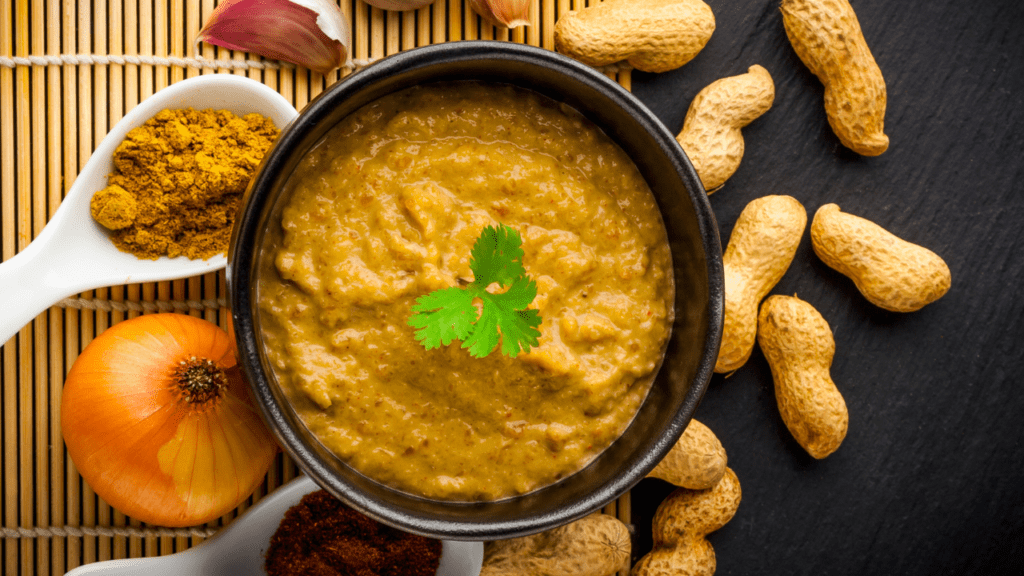
You’re in for a treat with this Thai peanut sauce recipe! Here’s why you’ll fall head over heels for it:
- Quick and easy to make: With just a handful of ingredients and simple steps, you’ll have a restaurant-quality sauce in no time.
- Versatile: This sauce pairs beautifully with everything from grilled meats to fresh vegetables and noodles.
- Balanced flavors: The combination of sweet, tangy, and savory elements creates a harmonious taste that will tantalize your palate.
- Customizable: You can easily adjust the flavors to suit your preferences, making it perfect for spice lovers and those who prefer milder tastes.
Ingredients You’ll Need

Before we dive into the cooking process, let’s take a look at the ingredients that make this Thai peanut sauce so special:
| INGREDIENT | AMOUNT | DESCRIPTION |
|---|---|---|
| Lime juice | ¼ cup | Fresh, zesty, and essential for that tangy kick |
| Soy sauce | 1 ½ tbsp | Adds depth and umami flavor |
| Brown sugar | ¼ cup | Provides sweetness and balances the acidity |
| Toasted peanuts | ¾ cup | The star of the show, giving nutty richness |
| Coconut milk | To taste | Adds creaminess and authentic Thai flavor |
| Curry powder | 1 tbsp | A blend of spices for warmth and complexity |
| Peanut oil | ¾ cup | Enhances the peanut flavor and smooths the texture |
| Lao gan ma chili sauce | 1 tbsp | Adds a spicy kick and depth of flavor |
| Ginger Vinegar | ¼ cup | Provides a unique tangy and spicy note |
| Rice wine vinegar | 1 tsp | Adds a subtle sweetness and acidity |
| Fresh ginger | To taste | For making ginger vinegar and adding zing |
Kitchen Tools You’ll Need

To create this delicious sauce, you’ll need a few basic kitchen tools:
- Cutting board and Chef’s knife: For chopping ingredients.
- Kitchen towel: For clean-up and handling hot items.
- Blender: To achieve a smooth, creamy consistency.
- Measuring spoon set: This is for accurate ingredient measurements.
Step-By-Step Thai Peanut Sauce Instructions
Now that we have our ingredients and tools ready, let’s dive into the cooking process!
Preparing the ginger vinegar:
- Start by peeling and cutting fresh ginger.
- Combine it with rice wine vinegar in a small jar and let it sit for at least 30 minutes to infuse the flavors.
Toasting the peanuts:
- Toast the peanuts in a dry skillet over medium heat until golden brown and fragrant. This will enhance their flavor and add depth to your sauce.
Combining dry ingredients:
- Mix the curry powder and brown sugar in a small bowl. This will help distribute the flavors evenly throughout the sauce.
Blending the sauce:
- Combine the toasted peanuts, lime juice, soy sauce, peanut oil, Lao gan ma chili sauce, ginger vinegar, and the dry ingredient mixture in your blender.
- Blend until smooth, gradually adding coconut milk to reach your desired consistency.
Adjusting consistency and flavor:
- Taste your sauce and adjust the flavors as needed.
- Add more lime juice for tanginess, brown sugar for sweetness, or chili sauce for heat.
- If the sauce is too thick, thin it with additional coconut milk or water.
Tips, Tricks, and Storage Options
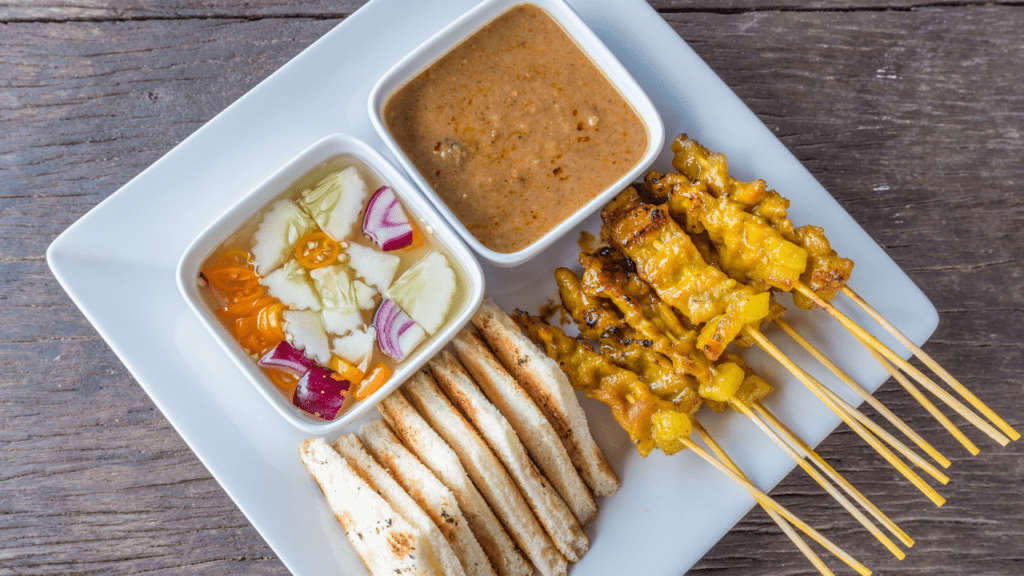
To make the most of your Thai peanut sauce, keep these tips in mind:
Here’s the information in table format:
| TIP | DESCRIPTION |
|---|---|
| Start with less liquid | For the perfect consistency, start with less liquid and gradually add more. It’s easier to thin out a sauce than to thicken it. |
| Experiment with flavor variations | Add a touch of fish sauce for extra umami or fresh cilantro for a herbal note. |
| Storage | Store your sauce in an airtight container in the refrigerator for up to a week. |
| Freezing | Freeze portions of the sauce for up to 3 months. Thaw in the refrigerator overnight before using. |
Serving Suggestions and Pairings
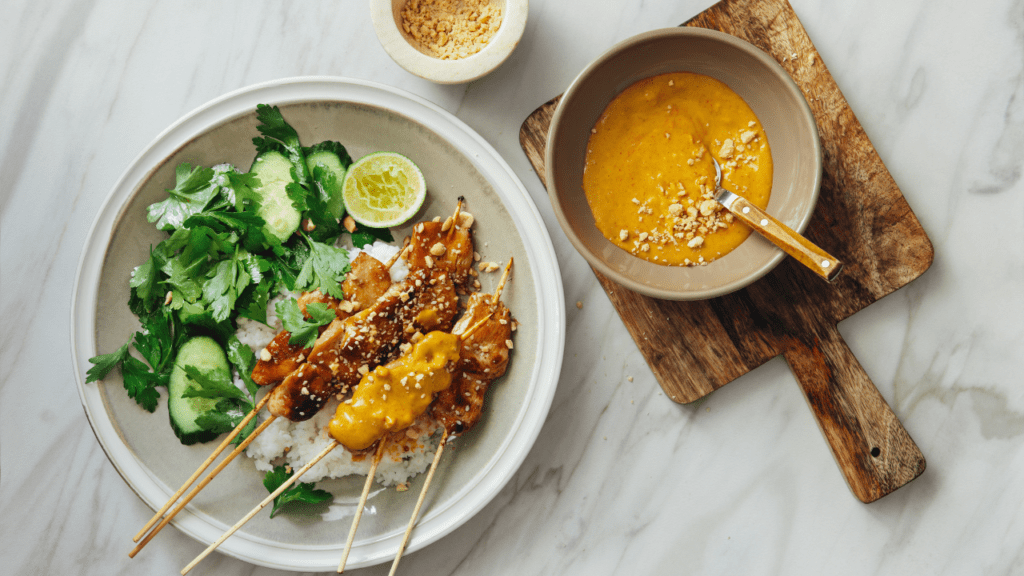
Your homemade Thai peanut sauce is incredibly versatile. Here are some delicious ways to enjoy it:
- Drizzle over grilled chicken or beef satay skewers for a classic Thai appetizer.
- Use as a dipping sauce for fresh spring rolls or crispy tofu.
- Toss with warm noodles and vegetables for a quick and satisfying meal.
- Spread on sandwiches or wraps for an Asian-inspired twist.
- Use as a salad dressing for a Thai-inspired slaw or grain bowl.
Conclusion

Congratulations! You’ve just mastered the art of making authentic Thai peanut sauce. This versatile condiment will undoubtedly become a staple in your kitchen, adding a burst of flavor to countless dishes. Don’t be afraid to experiment with the recipe and make it your own. The beauty of cooking lies in personalization and creativity.
Now that you’ve created this delicious sauce, we’d love to hear about your experience! Share your results, variations, and favorite pairings in the comments below. And don’t forget to subscribe to our email list for more exciting recipes and culinary tips. Your next kitchen adventure awaits!
Happy cooking!
FAQs

Can I use natural peanut butter instead of toasted peanuts?
Yes, you can substitute ¾ cup of natural peanut butter for the toasted peanuts. This will save time but may slightly alter the texture and flavor of the sauce.
Is there a substitute for coconut milk?
You can use unsweetened almond milk or cashew milk as alternatives. However, coconut milk provides the most authentic flavor and creamy texture.
How spicy is this sauce?
The spice level is moderate but can be adjusted to your taste. Add more or less Lao gan ma chili sauce to control the heat.
Can I make this sauce ahead of time?
Absolutely! This sauce tastes better after the flavors have had time to meld. Make it a day in advance for the best flavor.
What’s the best way to reheat the sauce?
Gently warm the sauce in a saucepan over low heat, stirring frequently. You can also microwave it in short bursts, stirring between each interval.
Is this sauce gluten-free?
It can be made gluten-free by using tamari instead of soy sauce. Always check your curry powder and chili sauce labels to ensure they’re gluten-free as well.
Can I use regular vinegar instead of ginger vinegar?
While ginger vinegar adds a unique flavor, you can substitute rice vinegar or apple cider vinegar. To compensate for the lost flavor, add a bit of freshly grated ginger.
How long does homemade Thai peanut sauce last?
When stored properly in an airtight container in the refrigerator, it can last up to a week. For longer storage, freeze portions for up to 3 months.
Can I double the recipe easily?
Yes, this recipe doubles well. Simply multiply all ingredients by two and follow the same process. You may need to blend in batches depending on your blender size.
Hey There! Some links on this page are affiliate links, which means that as an Amazon Associate, I may earn a small commission at no extra cost to you. I greatly appreciate your support! Learn more on my Affiliate Disclosure page.




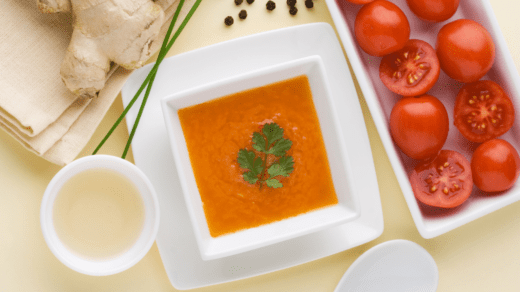






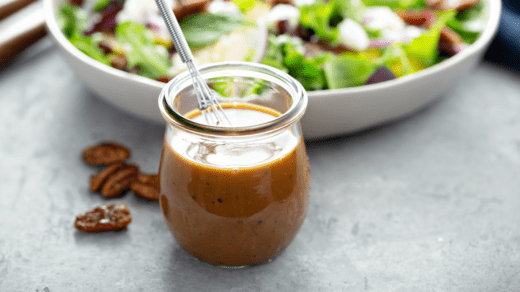






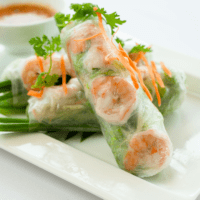



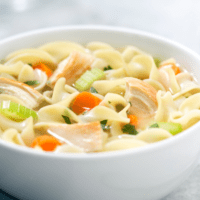
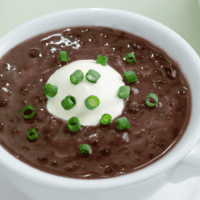
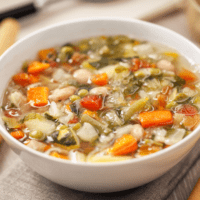



1 Response
[…] healthy meal that’s also a joy to prepare? These Fresh Spring Rolls with delectable Thai Peanut Sauce are just what you need! Created by Chef Mark Sandoval, this recipe is ideal for both novice cooks […]